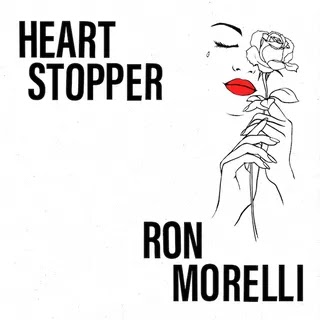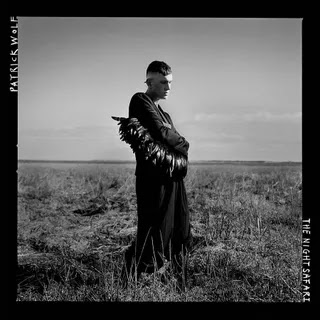The peripatetic electronic artist takes inspiration from her Tunisian Berber heritage with her new alias. Full of yawning spaces and dembow-like rhythms, the music explores a space where body music and head music become one.
Azu Tiwaline has spent a lifetime wandering. She grew up in the West African nation of Côte d'Ivoire, the child of a Tunisian Berber mother and Cambodian father, but moved to France as a teenager. As an adult, she began spending extended stretches on the road, touching down in India, Senegal, Mongolia, and Réunion, seeking out “places in the world where I felt the same energy, the same gentleness as in Côte d'Ivoire.” She has been equally peripatetic in her music. In France in the mid-1990s, she discovered the rave scene—and along with it, the mind-bending techno of artists like Cristian Vogel, sending her down the path she would pursue for the next two decades as Loan. (Her first name is Donia, though she chooses not to share her surname.) Since the late ’90s, her own productions and live sets have wound through hard techno, dubstep, UK garage, hip-hop, IDM, and, frequently, fusions of several of those styles.
In 2017, Donia moved to the el-Djerid region in southwestern Tunisia to tend to a small plot of land left to her by her late mother, and the landscape seems to have done something to her music. A menacing palette of jagged synths and concussive drums had connected her previous stylistic shifts, but as Azu Tiwaline—Berber for “Eyes of the Wind”—those hard edges have melted away. Her debut album under the alias takes inspiration from her Berber heritage and the expanse of the desert, where date palms outnumber people 15 to one.
As with Loan, a unique palette holds together Draw Me a Silence, rather than any single musical style. The record is practically all percussion; almost everything Donia plays is evocative of objects being struck or shaken. She draws from a deep well of stock samples, homemade recordings, and synthesized drums: leathery thwacks and timpani-grade booms, tinkling bells and rustling brushes, thunderclaps and bullroarers. Crickets and village noise offer a vivid sense of place, and melodies are scarce. Instead, she uses dub delay to fill the yawning spaces between all these elements: Lines of resonant feedback stretch out, glistening, like furrows irrigating the arid surroundings.
A few songs incorporate traditional North African rhythms, scales, and instruments. The metallic splashing of iron qraqeb (also known in Tunisia as wonderfully onomatopoeic chkachek or shqashiq) drives “Berbeka,” and a mournful reed-like melody infuses “Izen Zaren” with a predawn chill. But Draw Me a Silence is just as deeply rooted in contemporary UK bass music. “Until the End” opens the album with a 4/4 kick reminiscent of Andy Stott; the influence of Shackleton echoes throughout the album; and the resonant textures and syncopated beats of “Luz Azul” recall artists like Parris and Batu. (Fittingly, Azu Tiwaline’s Magnetic Service EP appeared last year on Livity Sound, a Bristol label whose shadowy kinetics helped shape the development of both those musicians.) Like them, Donia is motivated by the meditative aspects of bass weight, and she uses slowed-down tempos and dembow-like rhythms to emphasize her drums’ depth. The Berber signifiers make her music unique; what makes it compelling is her exploration of a space where body music and head music become one.
Draw Me a Silence originally appeared last year as a pair of successive EPs, but a new, extended version of the album adds a new closing track, “Eyes of the Wind,” that offers a fresh perspective. Where the other 11 songs foreground percussion, “Eyes of the Wind” is mostly ambient, cradling a brief passage of languid hand drumming inside a shimmering expanse of drone and bleep. If the downbeat “Izen Zaren,” the album’s previous closing track, served as a denouement, the spacious “Eyes of the Wind” provides passage to another world. Perhaps it took a move to the desert for Donia to absorb the Slits’ maxim, “Silence is a rhythm too.” For all the album’s earthy textures, it is ultimately guided by the movements of the desert air and the sprawl of the heavens above.





%20Music%20Album%20Reviews.webp)










0 comments:
Post a Comment